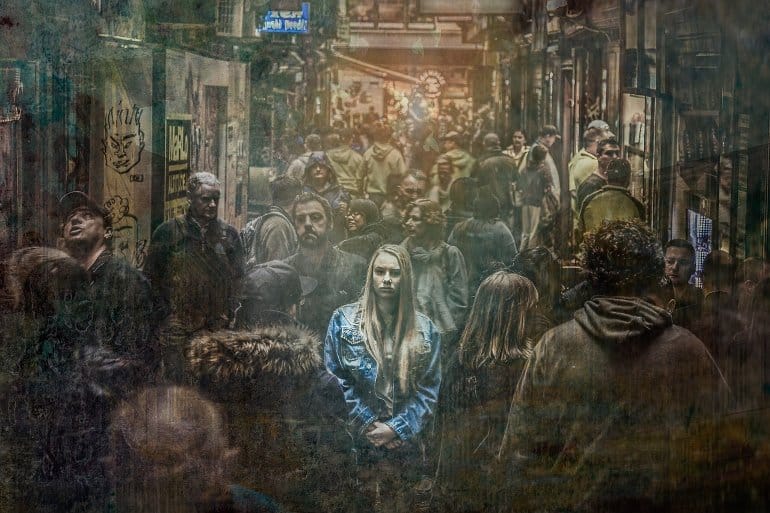Summary: Lonely people’s neural responses differ from their less lonely peers, suggesting lonely people may see the world differently from those around them, even if they have a large social network, and this may contribute to feeling lonely.
Source: APS
Common wisdom suggests that a core difference between solitude and loneliness is choice. Whereas a person who appreciates solitude might choose to enjoy a quiet night in or a solo trip abroad, a lonely person may feel disconnected from other people even in a crowded room.
Research to be published in Psychological Science supports this notion, suggesting that lonely people may think differently regardless of the size of their social networks.
“We found that lonely individuals are exceptionally dissimilar to their peers in the way that they process the world around them … even when taking into account the number of friends that they have,” said lead author Elisa C. Baek (University of Southern California) in an interview.
Her study showed that lonely individuals’ neural responses differ from those of other people, suggesting that “seeing the world differently than those around you may be a risk factor for loneliness, even if you regularly socialize with them.”
Baek and colleagues Ryan Hyon, Karina López, Meng Du, Mason A. Porter, and Carolyn Parkinson (University of California, Los Angeles [UCLA]) came to this conclusion by comparing the functional magnetic resonance imaging (fMRI) scans of 63 first-year university students.
During each 90-minute scan, participants viewed 14 engaging video clips in the same order. After the scan, they self-reported their feelings of social connection using the UCLA Loneliness Scale.
Earlier in the academic year, each participant had also completed a social network survey in which they were asked to list the names of each person with whom they studied, ate meals, or otherwise hung out during their first several months as students.
In order to analyze these data, Baek and colleagues divided participants into two groups: a “lonely” group with participants who scored higher than the median on the loneliness scale and a nonlonely group with participants who scored under the median.
When the researchers compared these participants’ scans, they found that the brain activity of lonely participants was very dissimilar to that of both nonlonely participants and other lonely participants.
By comparison, the brain activity of nonlonely participants was similar to that of other nonlonely participants. This was especially true in the default-mode network, in which shared brain activity appears to be associated with interpreting narratives and friendships in a similar manner, and in the reward-processing areas of the brain, the researchers wrote.
These findings remained significant even when the researchers controlled for demographic characteristics and the size of participants’ social networks.

“Lonely people process the world idiosyncratically, which may contribute to the reduced sense of being understood that often accompanies loneliness,” the researchers explained.
Additional research is needed in order to determine the underlying cause of these results, however, Baek said.
“One possibility is that lonely individuals do not find value in the same aspects of situations or scenes as their peers,” Baek and colleagues wrote. “This may result in a reinforcing feedback loop in which lonely individuals perceive themselves to be different from their peers, which may in turn lead to further challenges in achieving social connection.”
Another possibility is that loneliness itself could lead people to process information differently, the researchers added.
In either case, learning more about how lonely people think, and how to promote shared understanding, could help identify new pathways for reducing loneliness, Baek said.
About this psychology research news
Author: Leah Thayer
Source; APS
Contact: Leah Thayer – APS
Image: The image is in the public domain
Original Research: The findings will appear in Psychological Science







